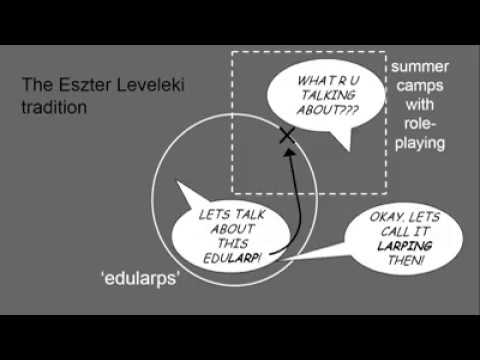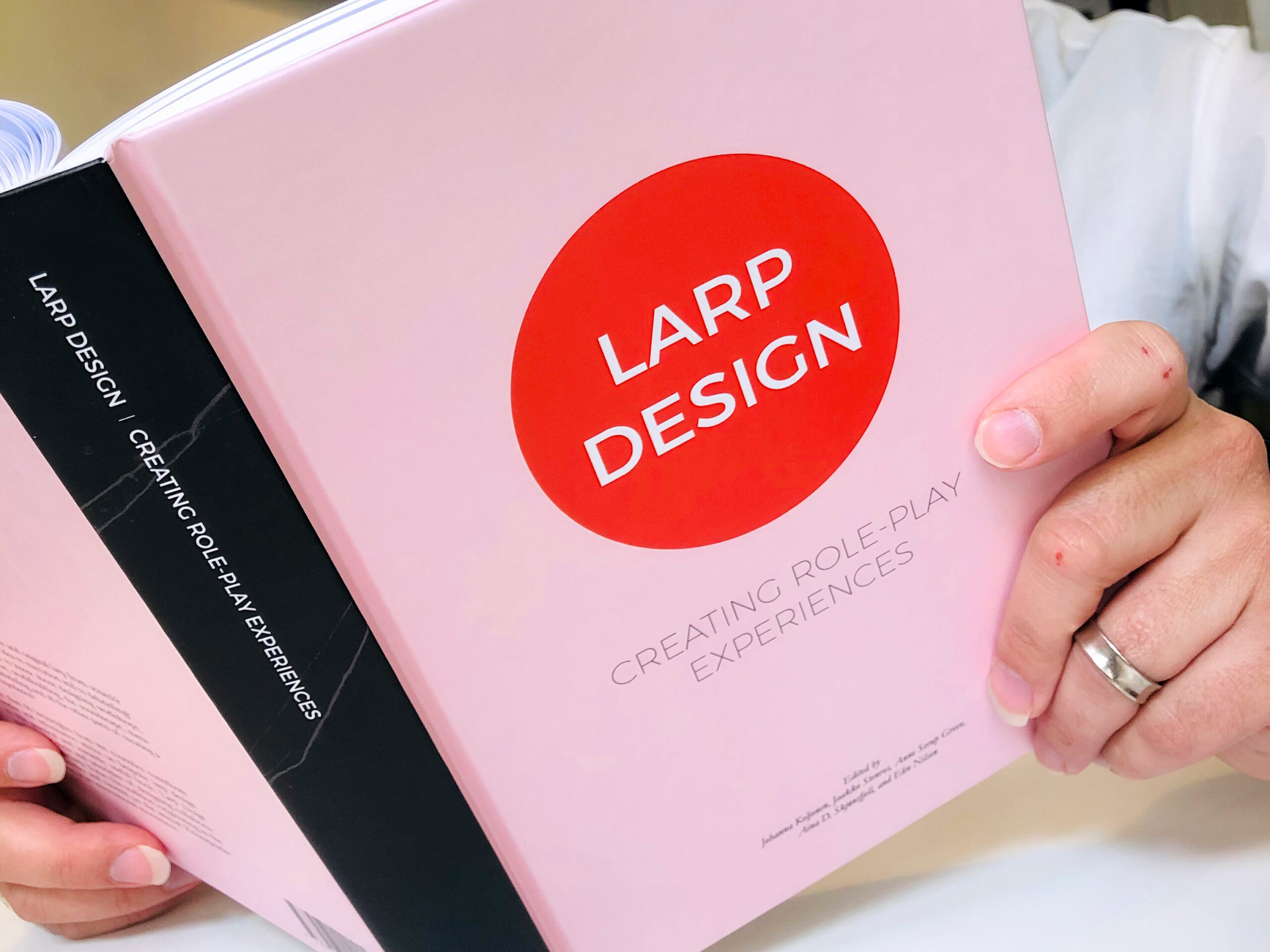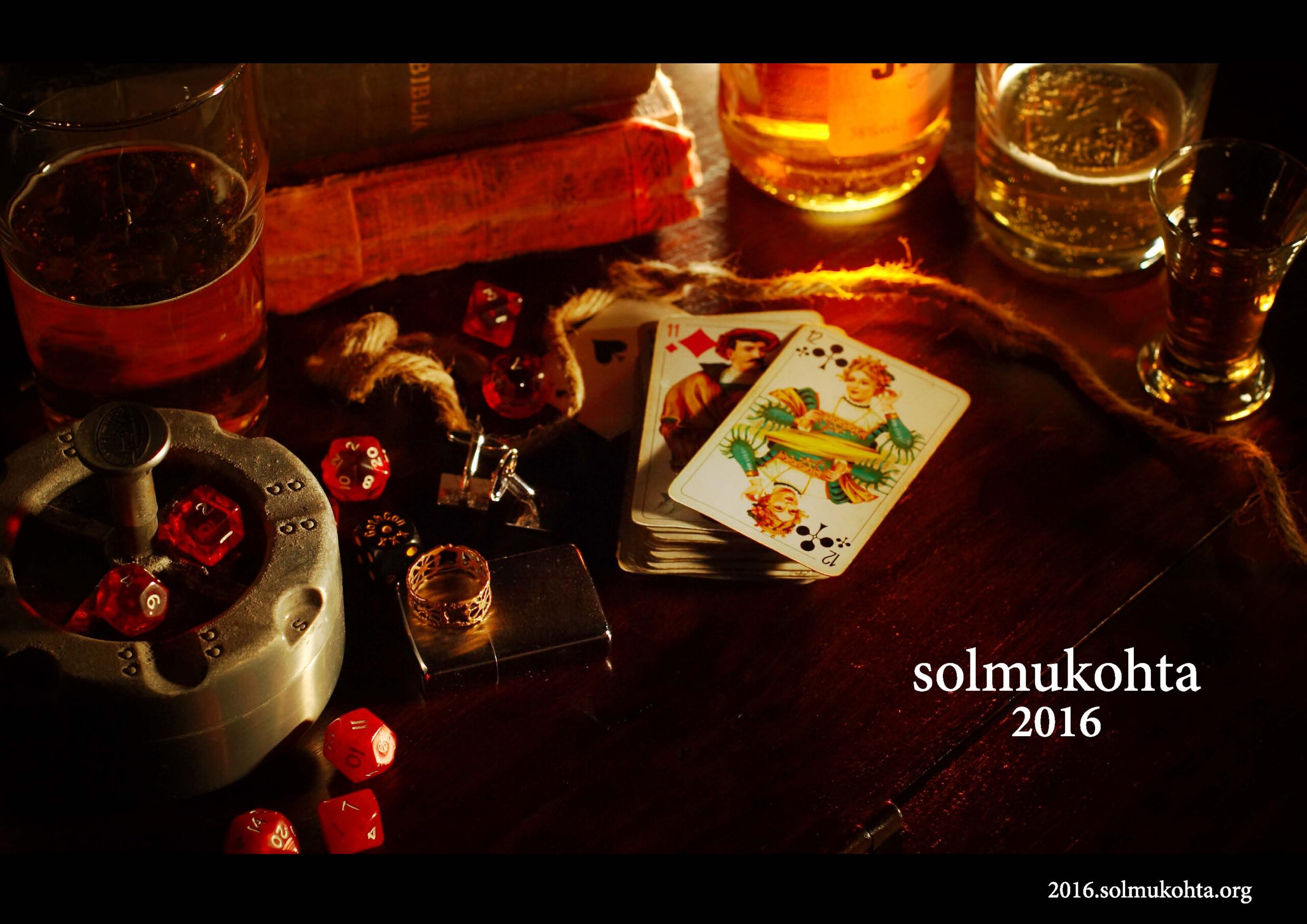Tag: Solmukohta
-

Solmukohta 2020 Keynote: Kjell Hedgard Hugaas – Designing for Transformative Impacts
Kjell Hedgard Hugaas is a game designer, activist, politician, event organizer, and trained actor. In this keynote, Kjell Hedgard Hugaas will make the case for why we should design larps that invite the potential for transformative impacts on players. He will discuss the importance of transparency and intentionality when designing for impacts in domains such
-

Solmukohta 2020 Futurespective: Sharon Underberg
It’s a retrospective – from the year 2040! Sharon Underberg tells us what’s happened in their world of larp “in the past 10 years”.
-

Solmukohta 2020: Kaisa Kangas – Seaside Prison – Designing Larp for Wider Cultural Audiences
Seaside Prison is a larp about life in Gaza. In this talk we discuss the its creation, its aims, & the futures for larp in the culture establishment.
-

Solmukohta 2020: Mátyás Hartyándi – Larp – Oddity, Hypernym or what?
A talk about the future and self-definition of larps for those who are interested in overlapping activities and/or multidisciplinary cooperations.
-

Larp Design Glossary
in
The original version of this glossary was published in the 2019 book Larp Design: Creating Role-Play Experiences. 360° illusion Larp design idea where what you see is what you get. The environment is perceived as authentic, everything works as it should affording participants to engage in authentic activity for real, and participants perform immersive role-play.
-

Ship Ahoy! Mark your calendar for Solmukohta 2016!
in
On Wednesday the 9th to Monday the 14th of March 2016 it’s once again time for the international roleplaying conference Solmukohta. The conference often known as Knutepunkt is this year in Finland and therefore goes by it’s Finnish name Solmukohta for 2016. This Solmukohta will be truly Baltic as the location is a Tallink Silja cruise